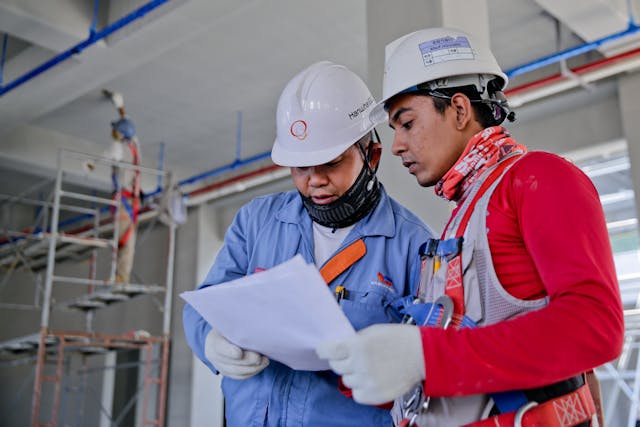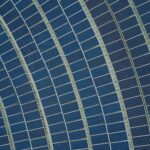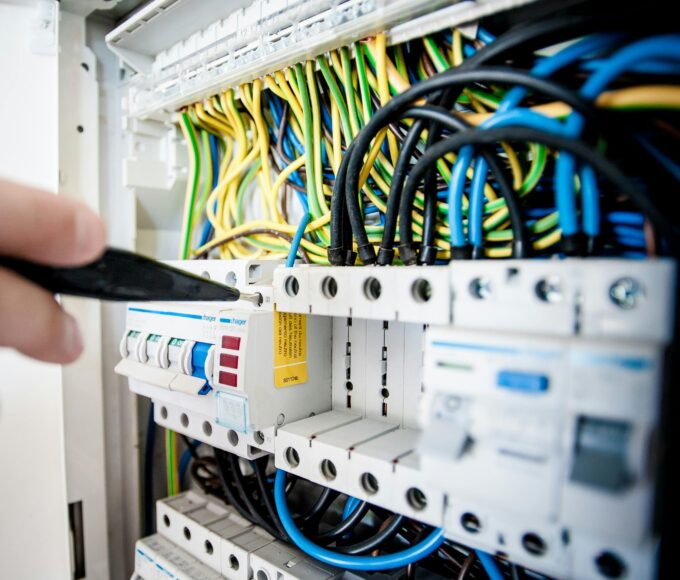In the constantly changing realm of house building, energy-efficient design is spearheading the transition towards a more sustainable future. Green solutions are becoming more and more important to homes as knowledge of climate change grows. This change improves families individually as well as the planet’s health. Living in a house that lowers your carbon footprint and saves you money on energy costs is becoming more and more of a possibility.
With the development of new materials and technologies, there are more options than ever before for creating ecologically friendly houses. Come learn how adopting energy-efficient architecture may improve our living areas and protect the environment for future generations.

Advantages of energy-efficient housing for the environment and homeowners
Homes that are energy-efficient provide many benefits for homeowners as well as the environment. First off, these homes have the potential to significantly lower electricity costs. To reduce energy usage, energy-efficient appliances, smart technologies, and proper insulation all work together.
A well-designed environment offers a feeling of comfort that goes beyond financial savings. Healthy living circumstances are produced by constant temperatures and improved air quality. When they live in an energy-efficient house, homeowners often express more happiness with their everyday lives.
Less energy usage translates into less greenhouse gas emissions from an environmental standpoint. Over time, this little adjustment may improve climate health and result in cleaner air.
Furthermore, a lot of towns are promoting sustainable practices locally. By incorporating green design concepts of efficiencybuilding.com.au into new developments, more builders will be able to create neighbourhoods that put sustainability first for all parties.

How innovation in energy-efficient design is being driven by technology
Technology is transforming house design to be more energy-efficient. At the forefront are smart home systems, which provide homeowners easy control over their heating, cooling, and lighting. These developments drastically save energy use while simultaneously improving comfort.
Another innovation is building information modelling (BIM). It makes it possible for builders and architects to see projects in three dimensions before work starts. This reduces waste throughout the construction process and results in better planning.
Access to solar technologies has also increased. Households may now produce their own electricity while staying connected to the grid thanks to improvements in solar panel efficiency and battery storage technologies.
Furthermore, cutting-edge insulating materials provide year-round interior temperature maintenance. These developments guarantee that houses are not only pleasant for their residents in all seasons but also energy-efficient.
New technologies are opening doors for a sustainable future in house building that will benefit homeowners and the environment in equal measure.
















